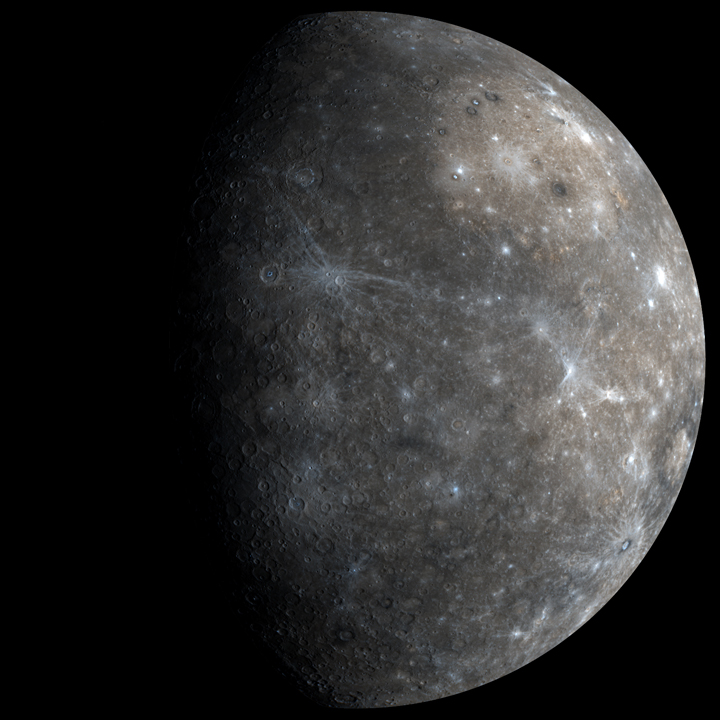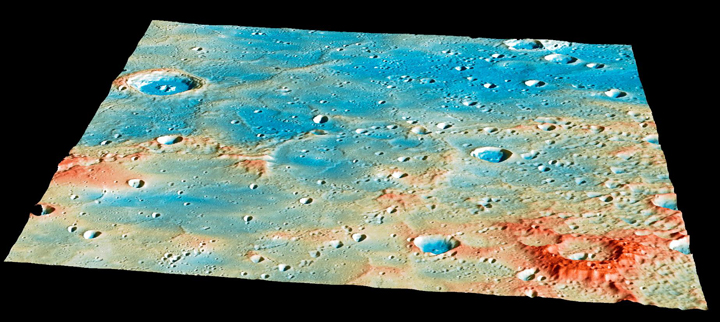TORONTO – After more than 10 years, it’s over.

NASA’S MESSENGER spacecraft made a kamikaze dive into its host planet, Mercury, around 3:30 p.m. ET Tuesday, ending its highly successful mission.
READ MORE: NASA spacecraft set to crash into Mercury
MESSENGER — which stands for MErcury Surface, Space ENvironment, GEochemistry, and Ranging — was launched on Aug. 3, 2004 and was the first spacecraft to orbit Mercury, the first planet out from the sun.
The spacecraft crashed into the surface of the small planet around 14,000 km/h, creating a new crater on the already heavily cratered surface. Scientists estimate that the craft would create a crater as wide as 15 metres wide. The impact was not visible from Earth or any other orbiting spacecraft as it occurred on the far side of Mercury.
Though the spacecraft itself may be gone, the wealth of data it collected will continue to be studied well into the future.

Get daily National news
“Going out with a bang as it impacts the surface of Mercury, we are celebrating MESSENGER as more than a successful mission,” said John Grunsfeld, associate administrator for NASA’s Science Mission Directorate in Washington. “The MESSENGER mission will continue to provide scientists with a bonanza of new results as we begin the next phase of this mission–analyzing the exciting data already in the archives, and unravelling the mysteries of Mercury.”
Final data from MESSENGER was sent around 2:40 p.m.
The spacecraft travelled almost 8 billion kilometres, which included 15 trips around the sun and several planetary flybys: once around Earth, twice around Venus and three times around Mercury before it settled into orbit in 2011.
During its mission, it helped confirm water at the planet’s poles, something that might be hard to believe when it sits an average of 58 million kilometres from the sun. MESSENGER also found volcanic deposits and discovered that the planet had contracted by as much as seven kilometres in its lifetime.
MESSENGER completed 4104 orbits and was in orbit around Mercury for 1,504 days and 18 hours.
The next spacecraft destined for Mercury is the joint European Space Agency and Japanese Space Agency’s BepiColombo. It will reach the planet in 2024.







Comments